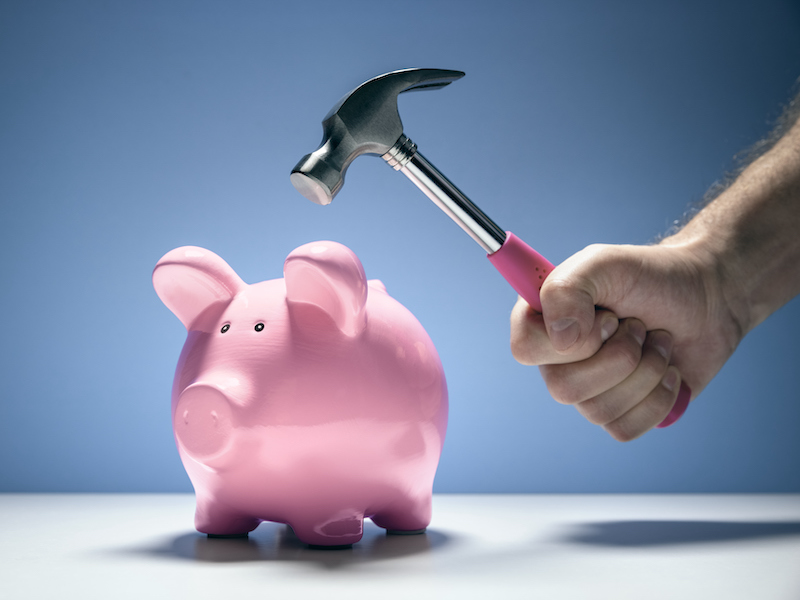
U.S. consumer spending is being buoyed by high-income households tapping their savings, and simply putting less away for a rainy day, says Fitch Ratings.
In a new report, the rating agency said consumer spending grew at a 2.9% annualized rate in the second quarter, and it forecasts U.S. consumer spending to grow 2.2% for 2024, in line with the annual growth rate in 2023.
This strong spending growth is being driven by high-income consumers “who are less sensitive to inflation and interest rates” and who are boosting spending by utilizing their savings, Fitch said.
This year, consumers used an average of US$47 billion in excess savings per month.
“Estimated excess savings were US$873 billion in July 2024, which is down 61% from the US$2.1 trillion peak in August 2021,” it said, adding that the savings rate trended down to 2.9% in July from 4.4% in the same month last year.
“The saving ratio is now close to the all-time lows of the mid-2000s,” it said. “Fitch believes there is limited scope for further falls.”
Indeed, Fitch expects a slowdown in spending in 2025, “as income growth decelerates further from cooling wage and employment growth,” said Olu Sonola, head of U.S. economic research at Fitch, in a release.
However, he noted that, “Upside risk to consumer spending persists, if the consumer’s willingness to rely on a strong balance sheet to offset expected income slowdown continues unabated.”
Fitch also reported that home equity lines of credit are now “the fastest growing consumer liability, a trend that is likely to accelerate as consumers further tap into the significant increase in real estate equity built up since 2020 on an approximately 48% rise in national home prices.”